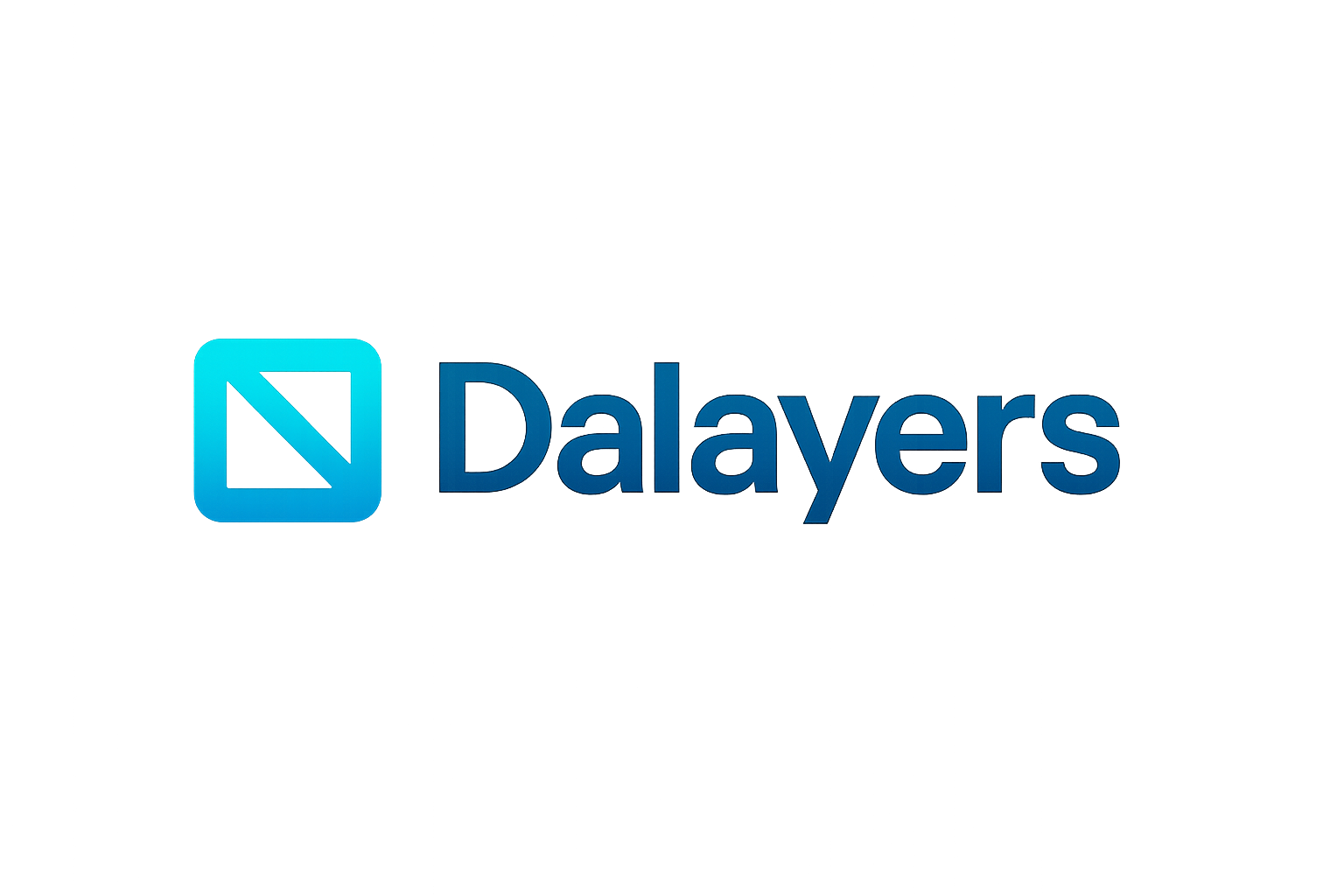
Picture this: millions of on-chain game moves, NFT trades, and DeFi transactions flying across the Solana network in real time – and not a single bottleneck in sight. That’s the promise of ephemeral rollups (ERs), a new breed of temporary execution layers designed to turbocharge modular blockchain scalability. If you’re serious about next-gen dApps or scaling composable games, ERs are about to be your new favorite tool.
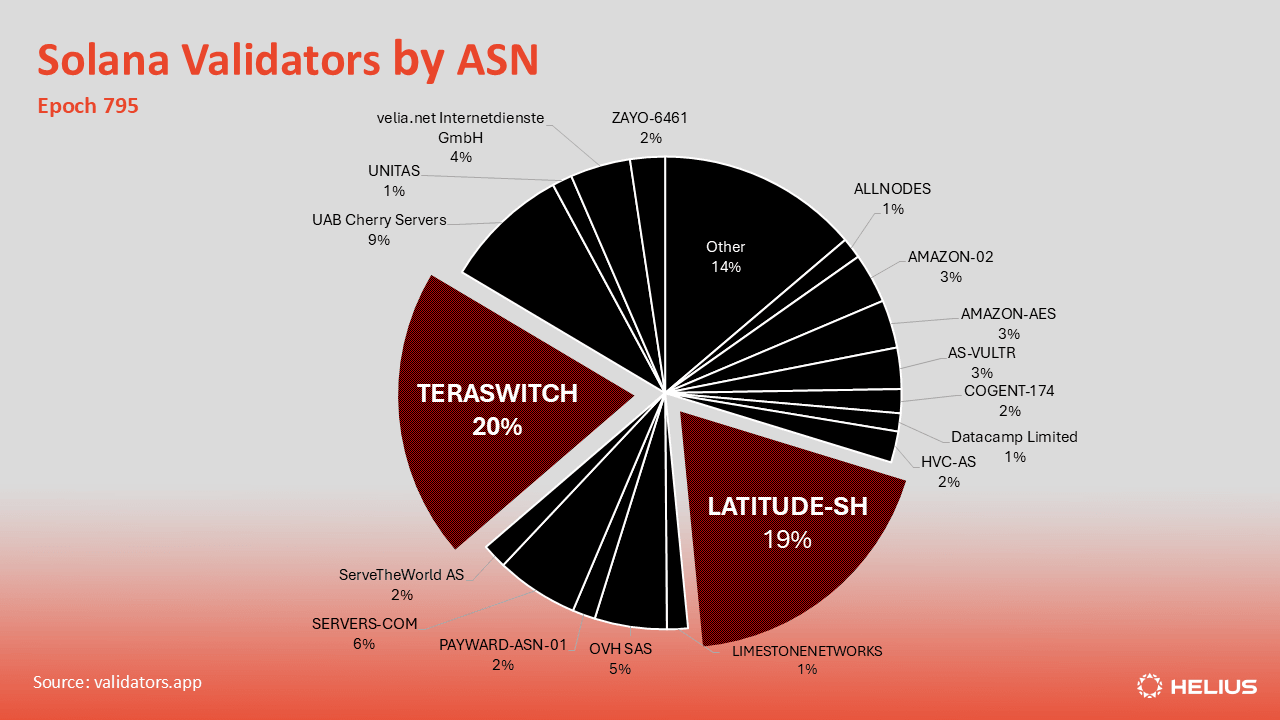
What Are Ephemeral Rollups and Why Do They Matter?
At their core, ephemeral rollups are lightning-fast, short-lived execution environments that spin up on demand, process massive transaction volumes almost instantly, and then vanish – all without ever fragmenting state or breaking trust assumptions. Unlike classic Layer 2s that shuffle assets between chains or risk composability headaches, ERs keep everything anchored to the base layer. That means full access to the entire Solana ecosystem at all times.
The tech is already making waves: MagicBlock’s ER framework, built atop the blazing-fast Solana Virtual Machine (SVM), is powering high-performance decentralized apps and fully on-chain games without sacrificing security or liquidity. The secret sauce? ERs execute transactions off-chain with ultra-low latency – we’re talking block times as low as 10 milliseconds – then settle back to Solana’s mainnet for consensus and data availability. No bridges. No fragmentation. Just pure scale.
The Core Benefits: Gasless, Scalable, Real-Time
Key Features of Ephemeral Rollups
-

Gasless Transactions: Ephemeral Rollups enable zero-fee transactions, removing one of the biggest barriers to mass blockchain adoption and making microtransactions seamless for users. (Source: MagicBlock Docs)
-
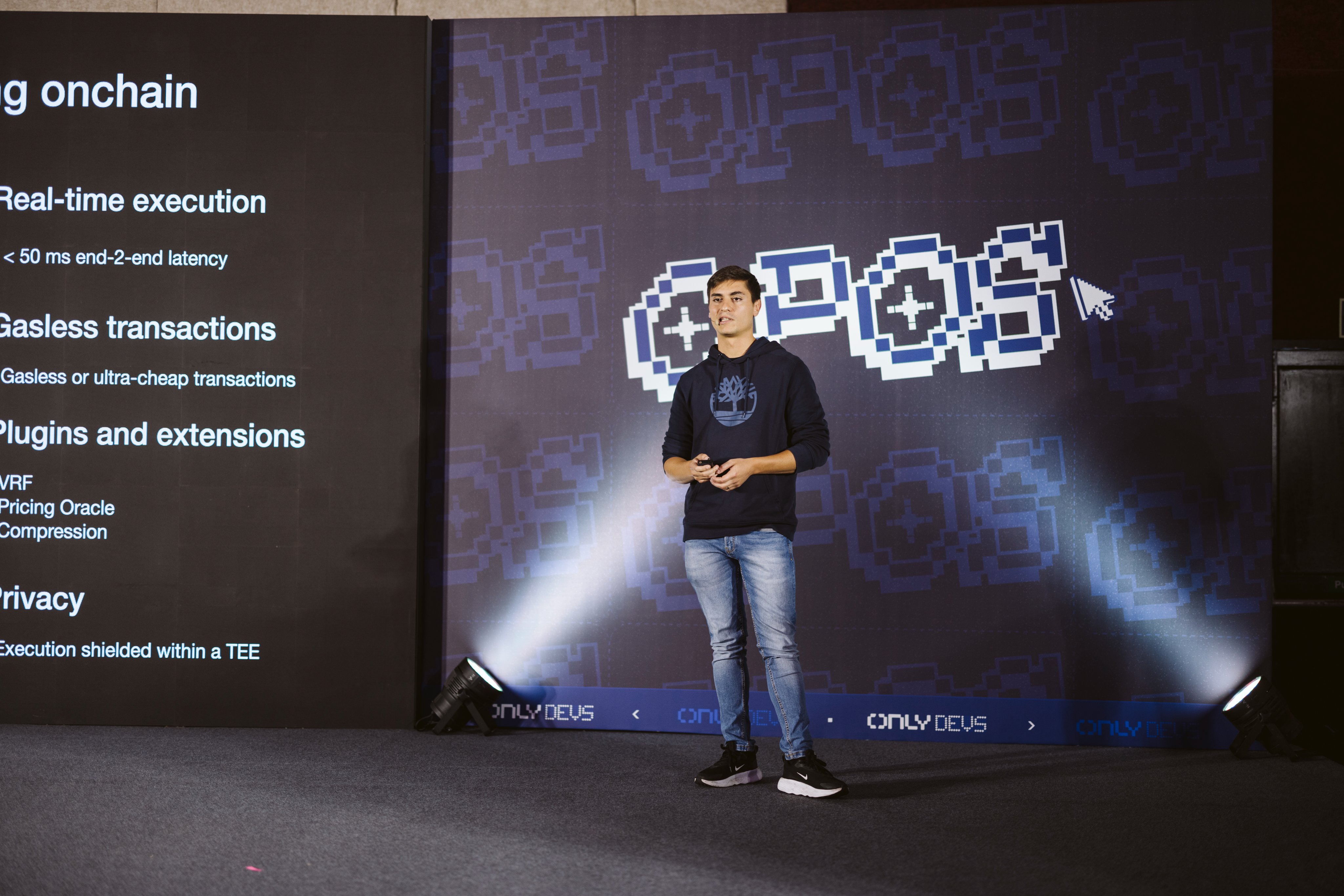
Ultra-Low Latency (10ms Blocks): By bypassing traditional consensus and gossip protocols, ERs achieve block times as fast as 10 milliseconds, delivering near-instant execution for real-time apps and games. (Source: danielandblockchain.hashnode.dev)
-

High-Precision Scheduling: ERs feature built-in automation and precise transaction scheduling, which is crucial for applications like gaming and finance that demand real-time responsiveness. (Source: MagicBlock Docs)
-
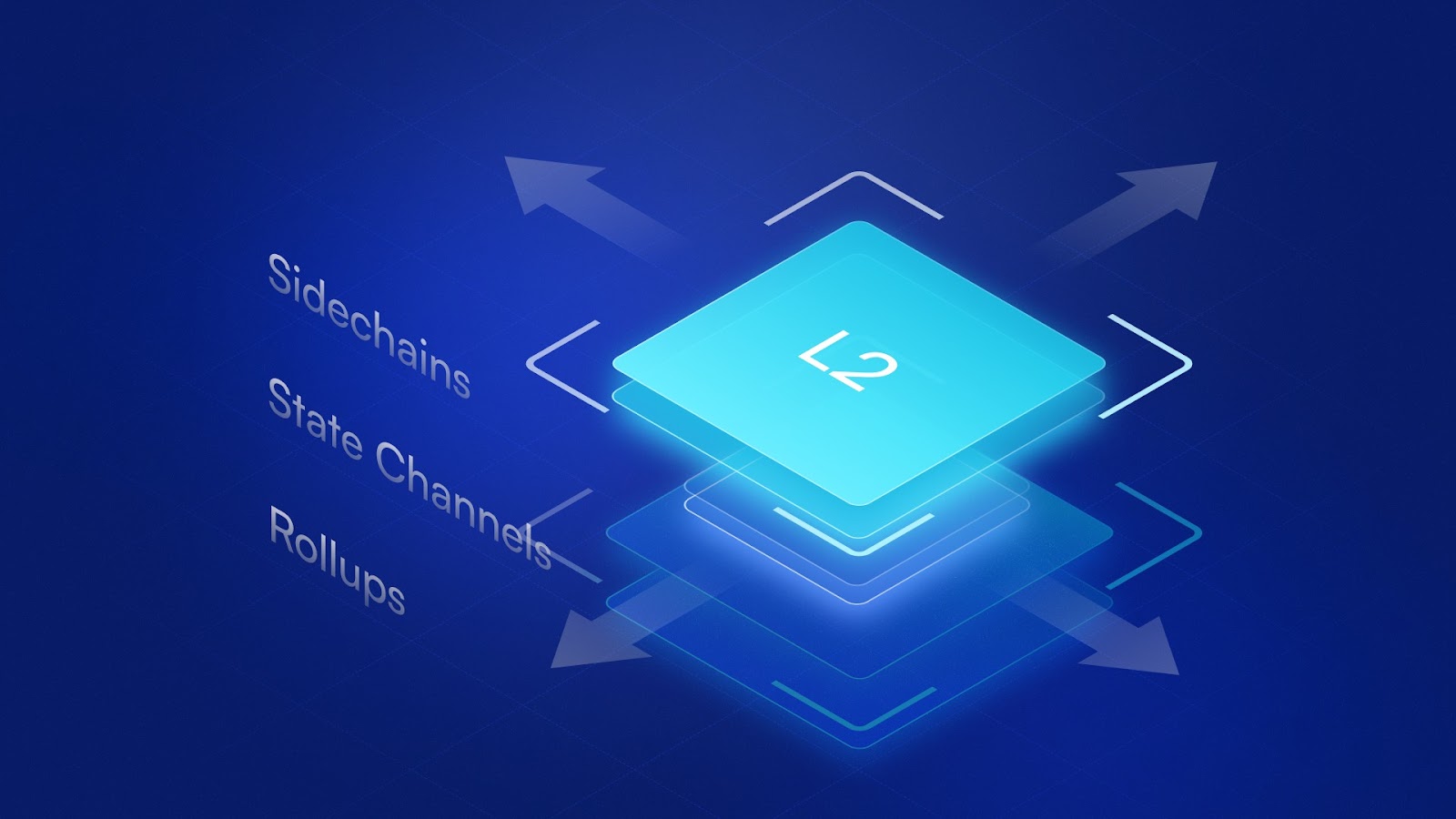
Horizontal Scalability: Ephemeral Rollups allow multiple rollups to run in parallel, enabling the processing of millions of transactions without state fragmentation or sacrificing composability. (Source: MagicBlock Docs)
Gasless Transactions: One of the most disruptive features is zero-fee execution within ERs. By eliminating gas costs at the execution layer (source), ERs open the door to mass adoption – think frictionless gaming microtransactions or social actions that don’t nickel-and-dime users.
Ultra-Low Latency: Because ERs operate outside consensus constraints and network gossip protocols (source), they can schedule and confirm transactions in as little as 10ms. This isn’t just fast – it’s a game-changer for any application needing real-time responsiveness.
Horizontal Scalability and Composability: Multiple ERs can run in parallel across the same base chain (source). Each one processes its own firehose of transactions before settling back to Solana mainnet. Crucially, since all assets remain on the base layer throughout, there’s zero liquidity fragmentation and full composability with every other program on-chain.
The Modular Blockchain Revolution: Where Ephemeral Rollups Fit In
The rise of modular blockchain design is all about separating concerns: let one layer handle consensus and data availability while another focuses on execution speed and flexibility. Ephemeral rollups embody this ethos perfectly. They take care of high-speed transaction crunching while leaving finality and security to robust chains like Solana (source). This division allows networks to scale horizontally without ever compromising decentralization or trust.
A killer use case? Fully on-chain (FOC) games where microsecond-level state updates are essential for gameplay but only major events (like rewards or NFT transfers) need mainnet settlement (source). With ERs, dev teams get both breakneck speed and ironclad security, no trade-offs required.
Developers and protocol architects are already leaning in. By leveraging ephemeral rollups, they’re sidestepping the classic headaches of liquidity fragmentation and cross-chain bridges that plague other modular DA solutions. Every transaction, asset, and smart contract remains natively composable with the Solana base layer, no more isolated liquidity pools or fragmented user experiences. This is a massive unlock for ecosystem growth and capital efficiency.
But it’s not just about speed or composability. The adaptive nature of ERs means execution environments can appear and vanish as needed, matching resource allocation to real-time demand spikes, think NFT mints, viral on-chain games, or DeFi trading surges. This fluidity lets networks scale elastically without over-provisioning infrastructure or sacrificing security guarantees. And since the base ledger remains immutable and authoritative, trust assumptions never change.
How Ephemeral Rollups Transform Real-World Use Cases
- On-Chain Gaming: Imagine a battle royale game where every move is an on-chain event processed in milliseconds, no lag, no congestion, full composability with Solana-based assets (source).
- High-Frequency DeFi: Arbitrage bots and DEXs can execute trades with near-instant finality inside ERs before settling to mainnet, unlocking new strategies that were impossible at higher latency.
- Social dApps and Microtransactions: Frictionless likes, tips, and interactions become viable at web2 scale thanks to gasless transactions and zero settlement delays (source).
What’s Next for Modular Scalability?
The momentum behind ephemeral rollups is only just beginning. As more projects experiment with temporary execution layers on Solana and beyond, expect a wave of innovation across both infrastructure and application design. We’ll likely see new standards for dynamic fraud proofs, advanced scheduling automation for DA layers, and even cross-rollup composability, all while keeping the core ethos of decentralization intact.
If you’re building in blockchain gaming, DeFi primitives, or any sector demanding real-time UX without compromise, now is the time to pay attention to ephemeral rollups. They’re not just another scaling band-aid; they represent a paradigm shift toward truly adaptive blockchain infrastructure that finally delivers on the promise of scale without sacrifice.
How Ephemeral Rollups Unify Liquidity and Composability
-
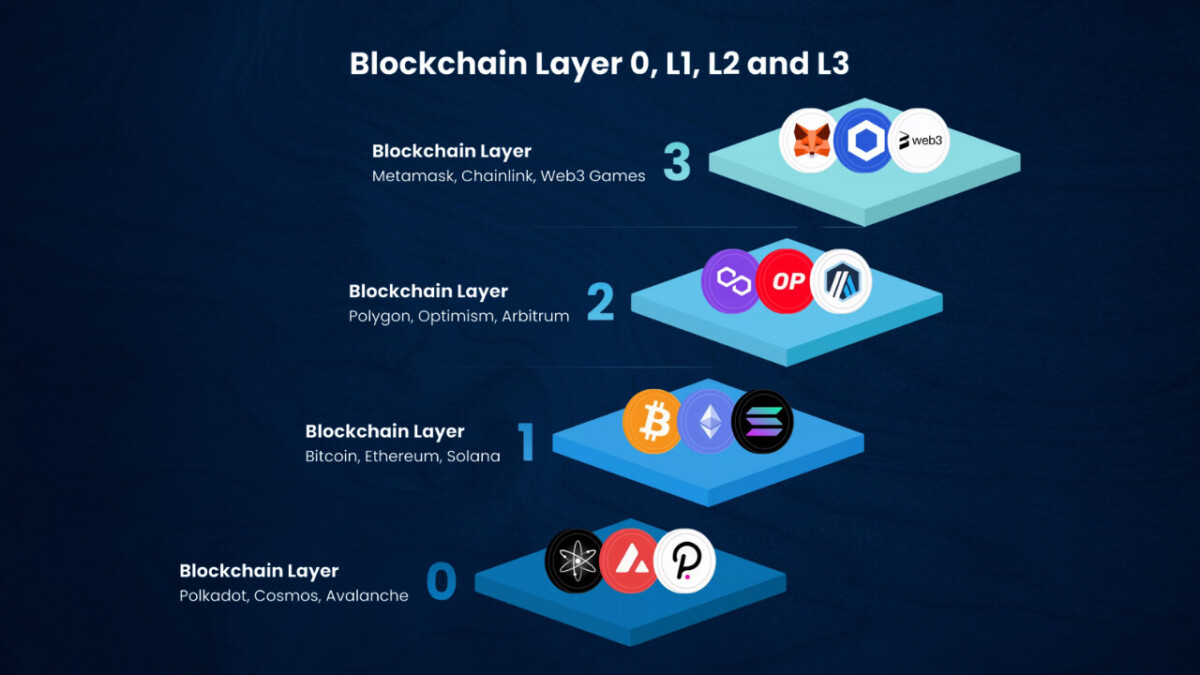
All Assets Stay on the Base Layer: Ephemeral Rollups (ERs) execute transactions off-chain, but all tokens and programs remain anchored to the main Solana ledger. This eliminates the need for bridges and prevents liquidity from being split across isolated chains.
-
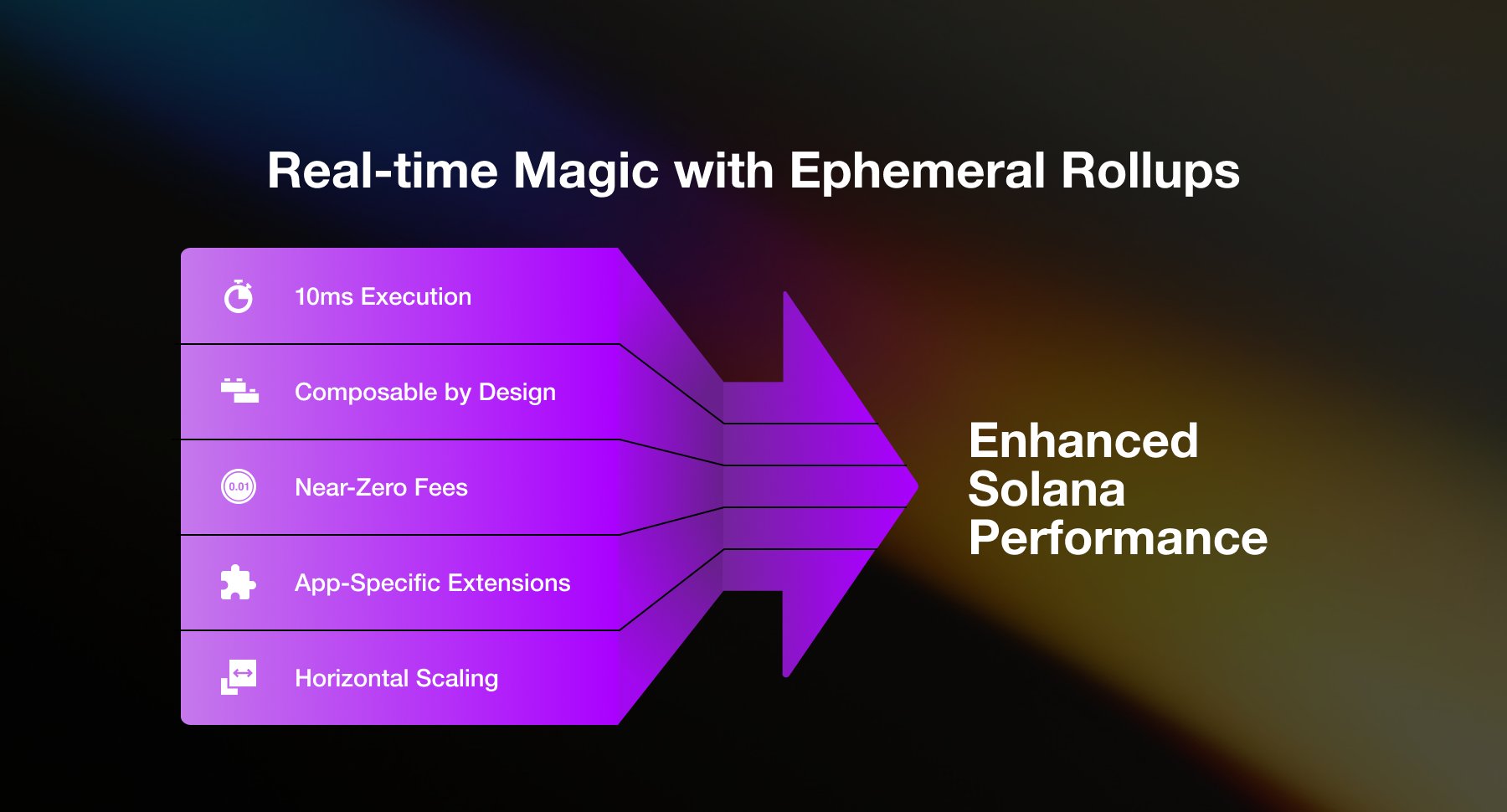
Seamless Cross-Application Composability: Because ERs operate as temporary extensions of the main chain, smart contracts and assets can interact across all modular rollups without friction—enabling instant interoperability for DeFi, gaming, and more.
-
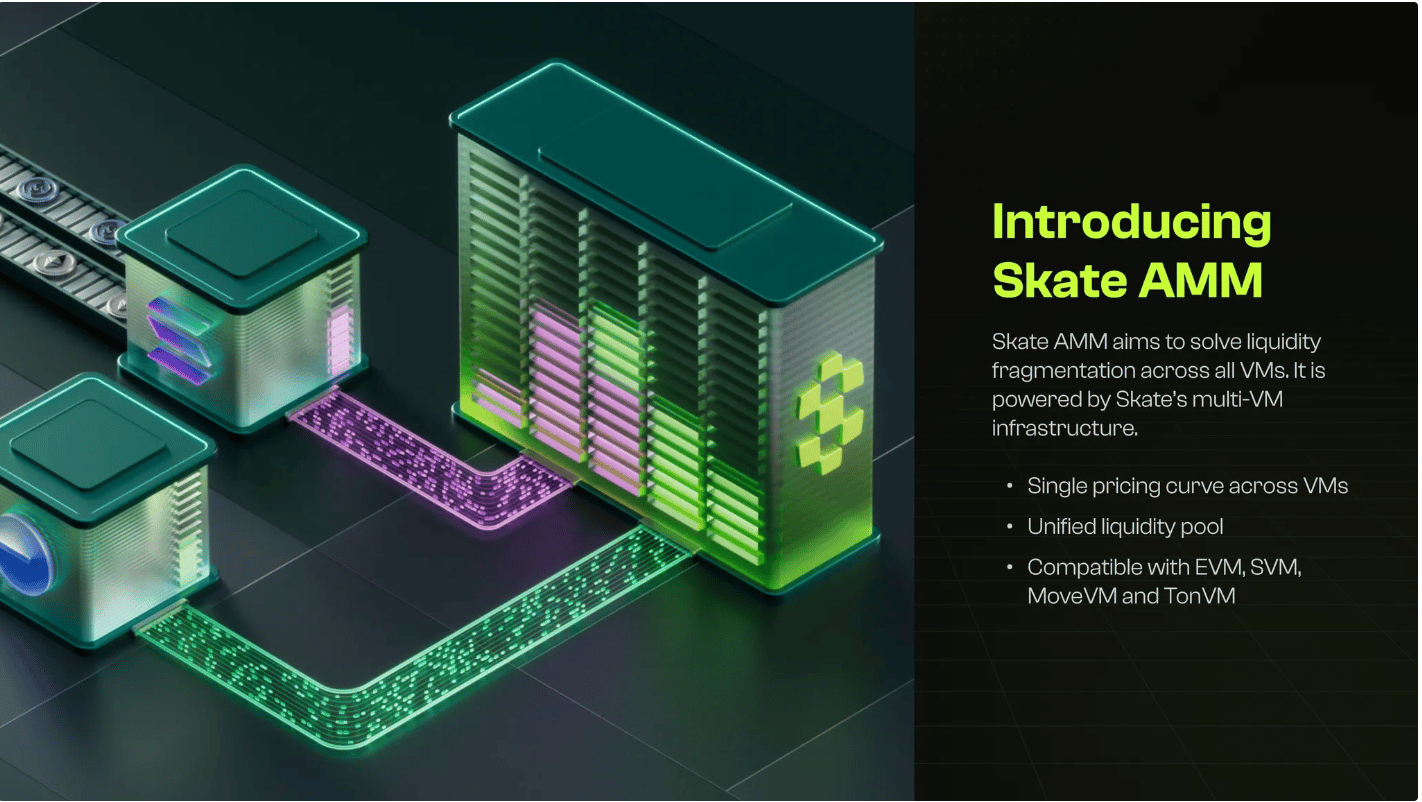
No More Fragmented Liquidity Pools: Traditional rollups often silo liquidity, but ERs keep all pools unified on the base layer. This means deeper markets, better trading experiences, and no more fragmented DeFi ecosystems.
-
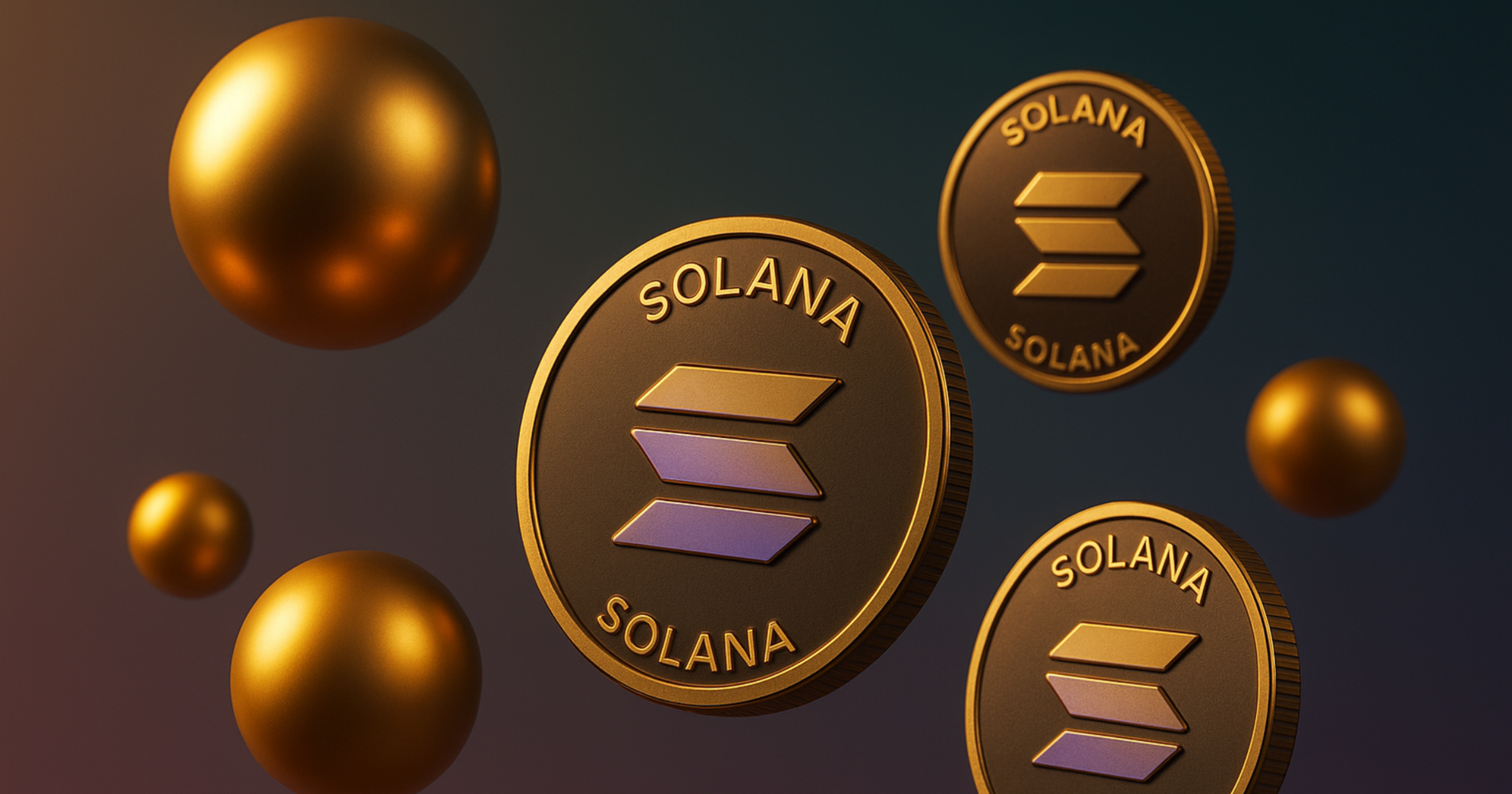
Instant Asset Transfers Without Bridges: ERs eliminate the need for slow, risky cross-chain bridges. Users can move assets between applications or games instantly, with all transactions secured and settled on Solana.
-
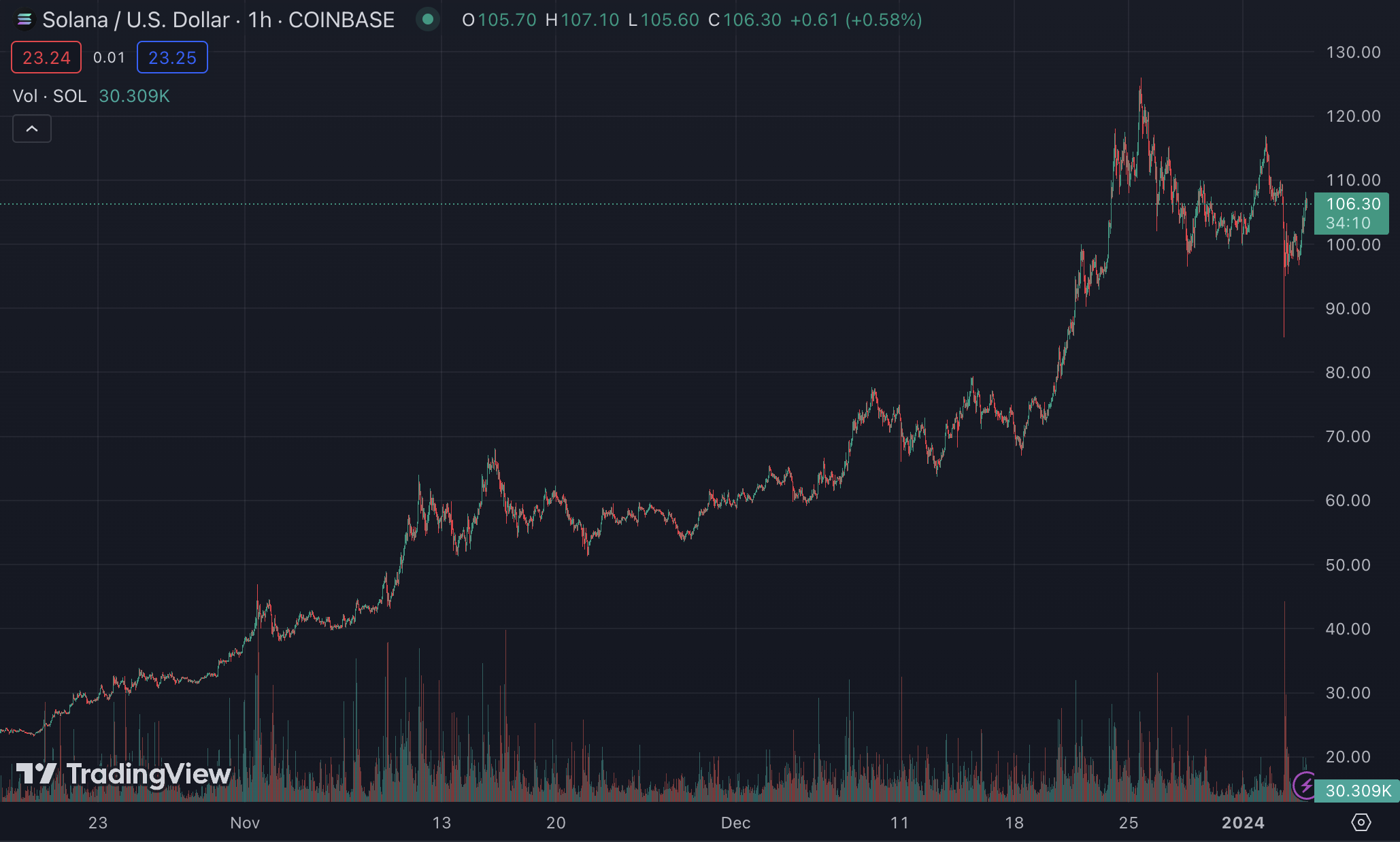
Composable, Real-Time Onchain Gaming: Fully on-chain (FOC) games built with ERs can share assets, rewards, and state updates with other apps on Solana, enabling new forms of gameplay and collaboration without technical barriers.
